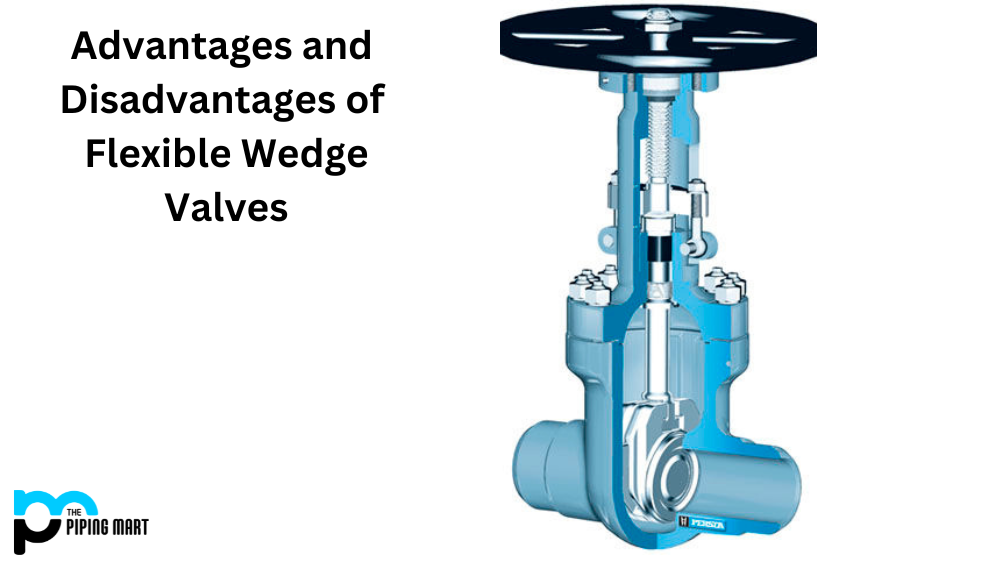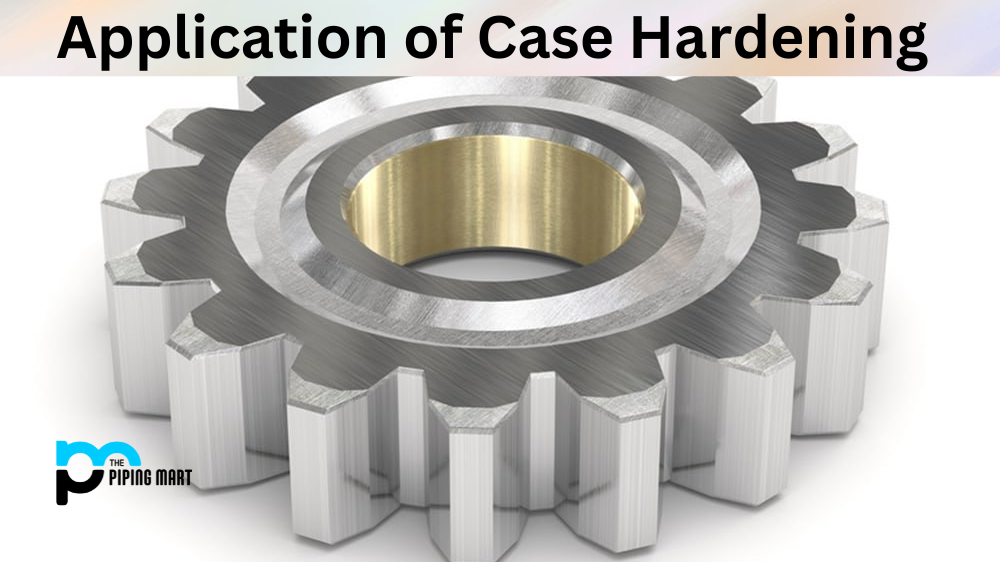Alloy steel casting is an industrial process that has existed for many years. With the ever-increasing demand for stronger and lighter products, researchers and manufacturers have been working tirelessly to explore new materials and techniques to achieve these objectives. This has resulted in significant advancements in the alloy steel casting process. This blog post will delve into the latest techniques and materials used in the alloy steel casting process to give you a detailed overview of this exciting and rapidly evolving sector.
What is Alloy Steel Casting?
Alloy steel casting produces high-quality, durable metal parts by melting and pouring molten alloy into moulds. This process allows for creating intricate and complex shapes that would be difficult or impossible to achieve with traditional manufacturing methods.
The key to alloy steel casting lies in the composition of the metal itself. Unlike regular steel, primarily made of iron and carbon, alloy steel contains additional elements such as chromium, nickel, and molybdenum. These elements give the finished product enhanced properties such as increased strength, wear, and corrosion resistance.
One of the main advantages of alloy steel casting is its ability to produce parts with varying hardness levels. By adjusting the composition of the alloy, manufacturers can create components that are either extremely hard for heavy-duty applications or more ductile for better shock absorption.
Another benefit is that it can create large quantities of identical parts quickly and efficiently. This makes it ideal for mass-production industries such as automotive or aerospace manufacturing.
Advancements and Techniques in Alloy Steel Casting
Advancements in Alloy Steel Casting
While alloy steel casting has been around for a long time, recent technological advancements have significantly improved the process. One of the most significant advancements has been computer-aided design and modelling software. This software allows manufacturers to visualize and test various designs before creating them in real life, resulting in higher accuracy and precision. Additionally, 3D printing technology has enabled manufacturers to create intricate and complex shapes quickly and cost-effectively.
Techniques in Alloy Steel Casting
Different techniques are used in alloy steel casting, including investment, sand, and die. Investment casting involves
- creating a wax pattern of the component,
- coating it with ceramic material, and
- firing it to create a mould.
The wax is then melted, leaving a cavity into which the molten metal is poured. In sand casting, a mould is created by packing sand around a model of the component. Molten metal is poured into the mould, and when it cools, the sand is removed to reveal the component. Die casting involves using a mould made of steel to create the component. The steel is heated, and molten aluminium or other metal alloy is injected into the mould.
Materials Used in Alloy Steel Casting
The choice of the material used for alloy steel casting significantly impacts the final product’s performance. Some of the most commonly used materials for alloy steel casting include carbon steel, alloy steel, stainless steel, nickel-based alloys, and cobalt-based alloys. Selecting the appropriate material for a particular application requires consideration of factors such as strength, corrosion resistance, heat resistance, and the environment in which the component will operate.
Benefits of Alloy Steel Casting
Alloy steel casting has several benefits over other methods of manufacturing components. The process is highly versatile, allowing manufacturers to create components of various sizes, shapes, and complexities. Additionally, alloy steel casting allows for greater design flexibility and precision in creating components. Finally, the process creates highly durable, wear-resistant, and strong components, making them an ideal choice for industrial applications where strength and longevity are essential.
Conclusion:
Alloy steel casting is an exciting and rapidly evolving sector critical in manufacturing industrial components. Recent advancements in technology, materials, and techniques have significantly improved the accuracy and precision of the process, resulting in stronger, more durable, and more wear-resistant components. Moreover, the versatility and flexibility of alloy steel casting make it an ideal choice for a wide range of industrial applications, creating a demand for this process that is expected to grow in the coming years.

Pipingmart is a B2B portal that specializes in metal, industrial and piping items. Additionally, we share the latest information and information about materials, products and various types of grades to assist businesses that are involved in this business.




